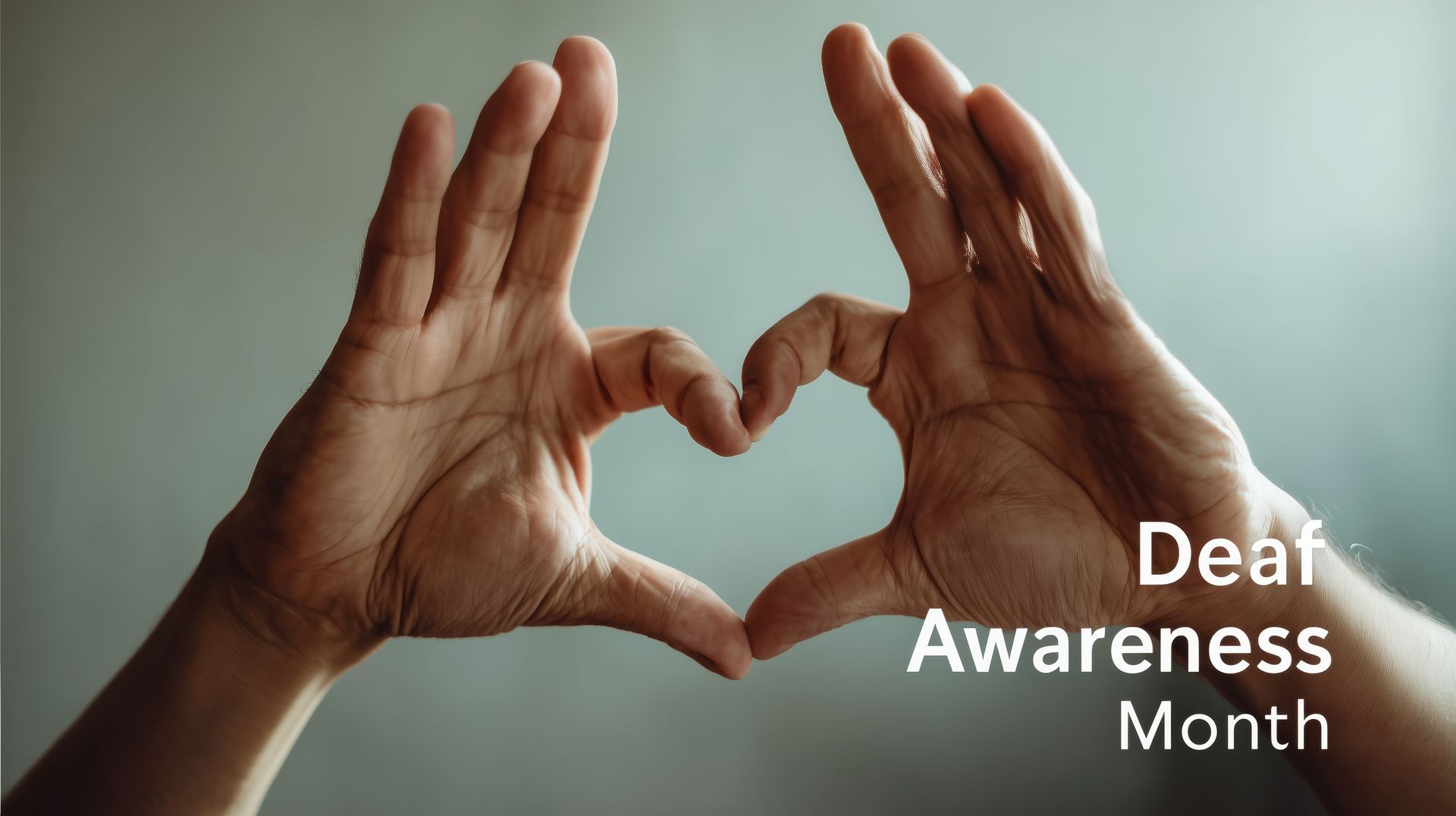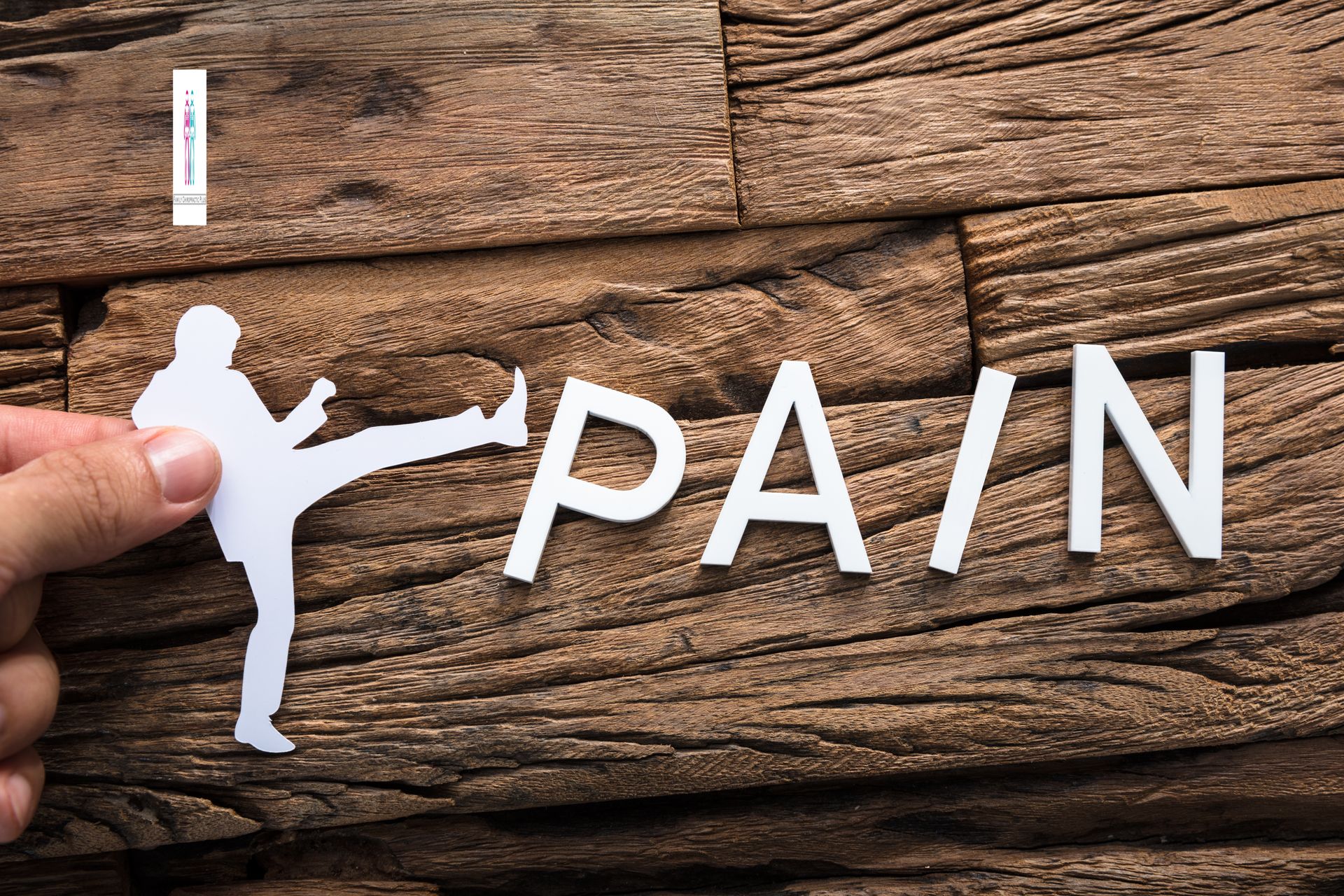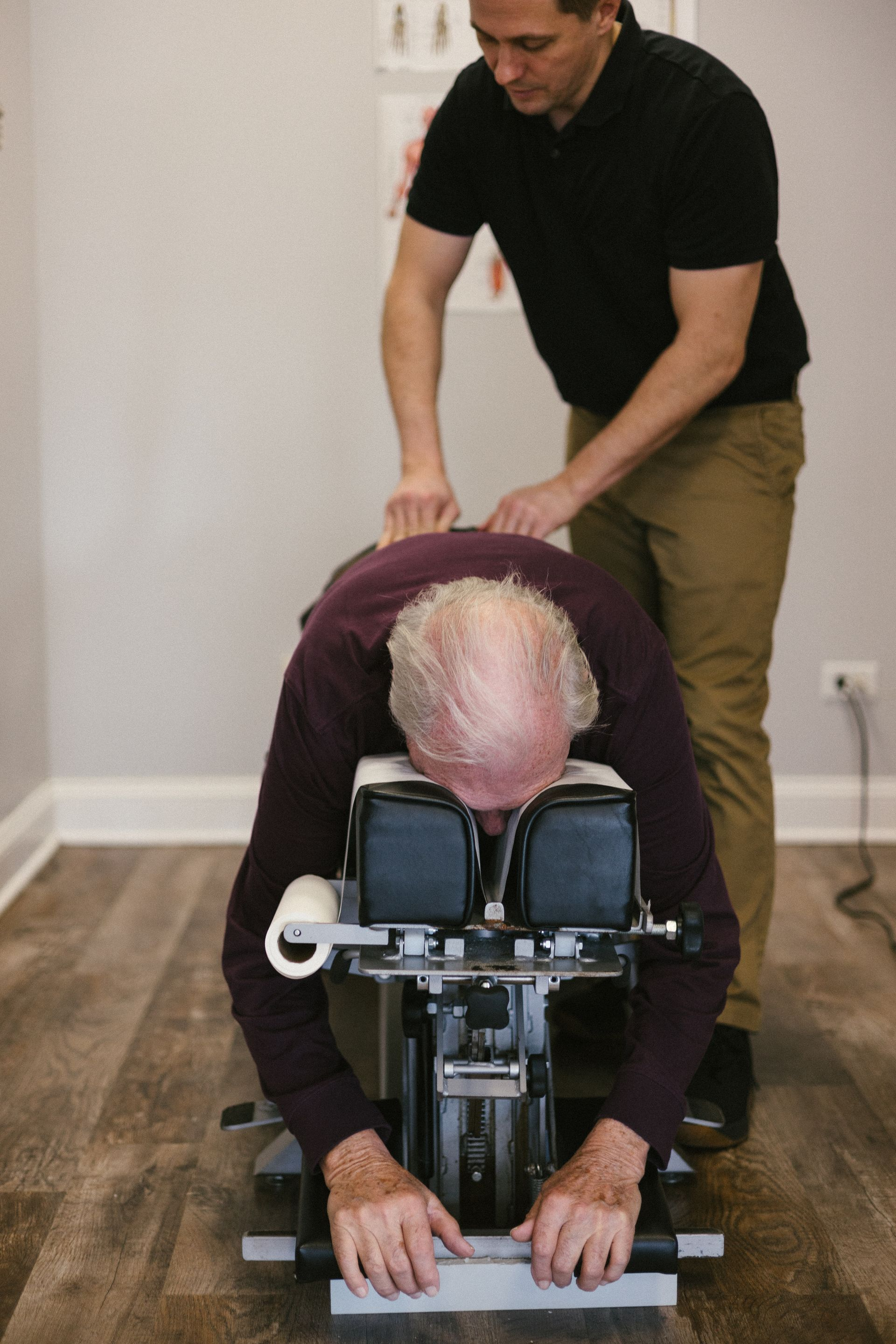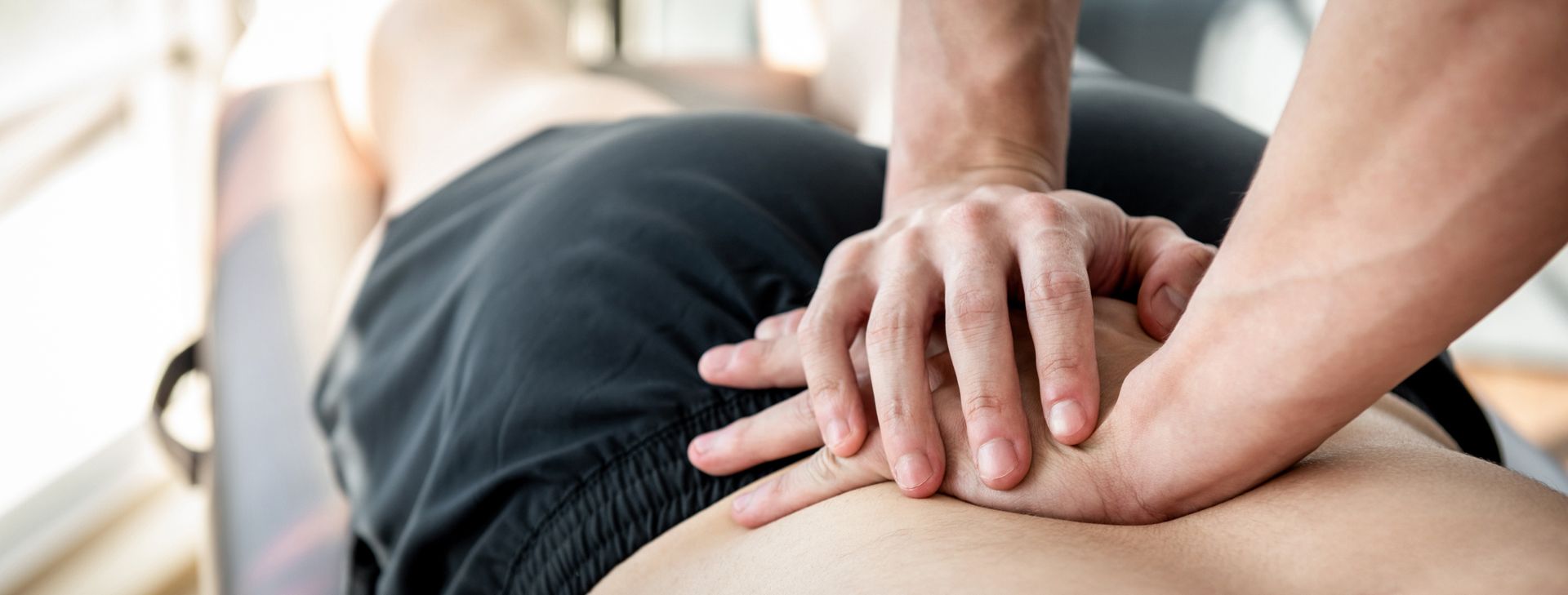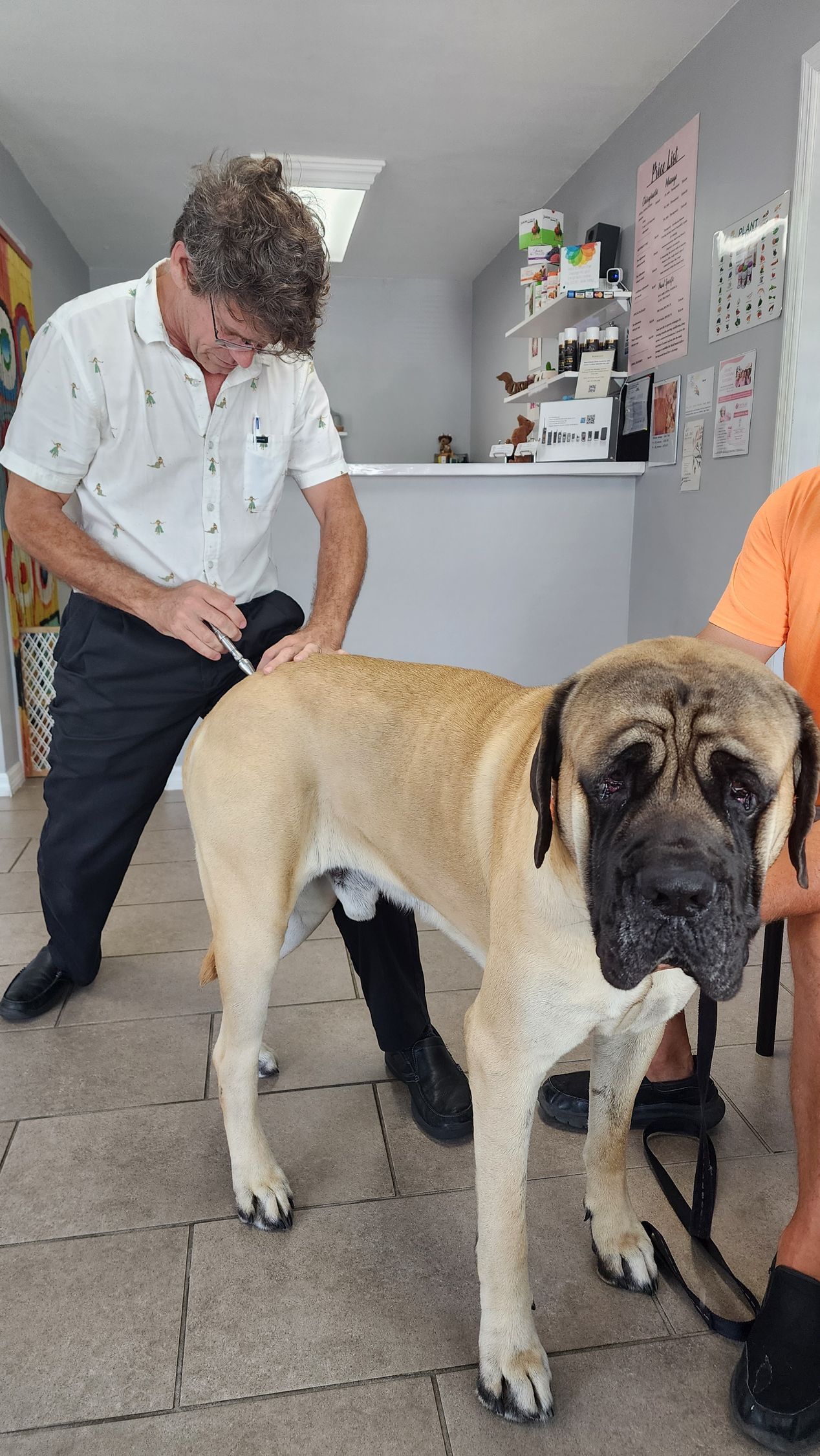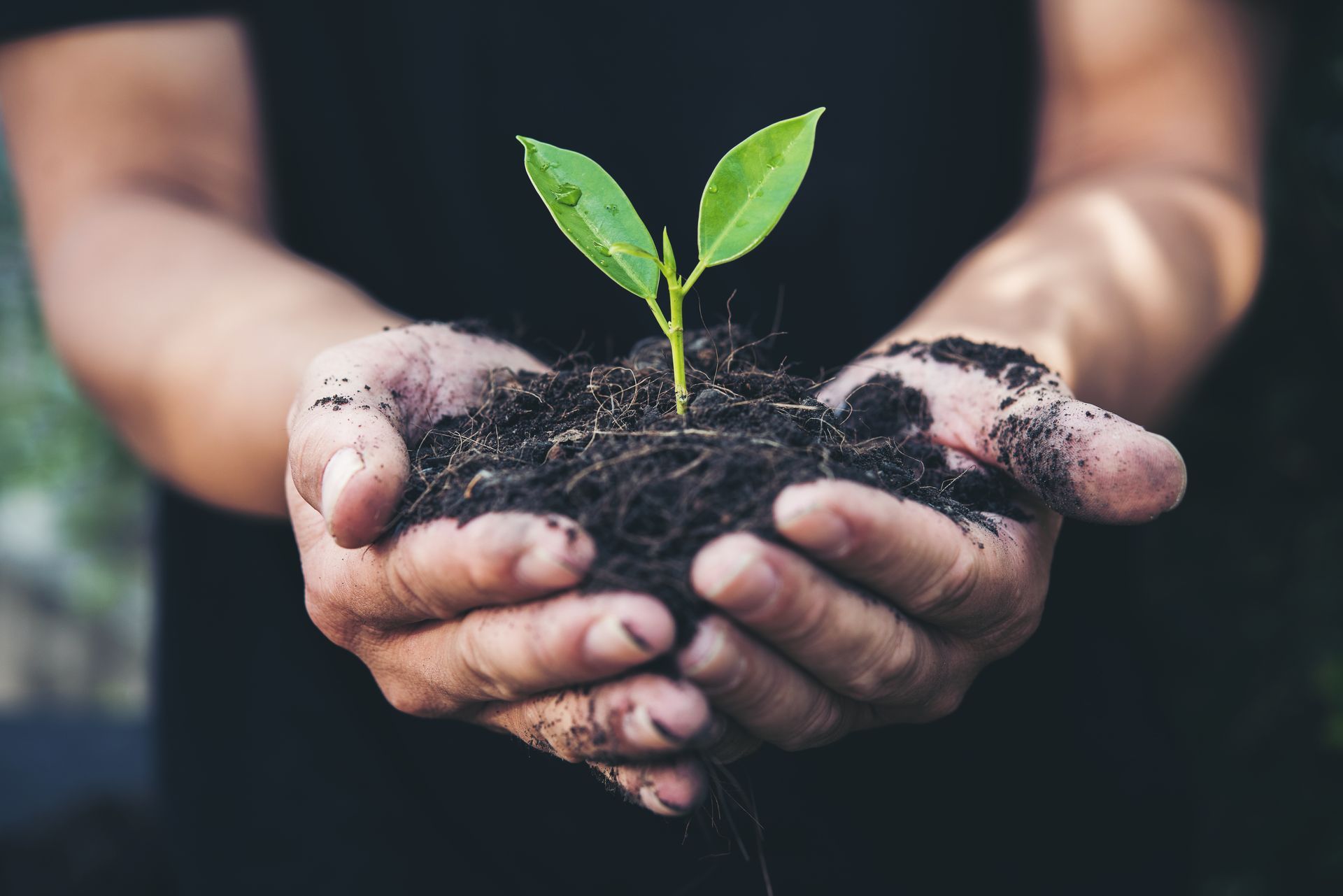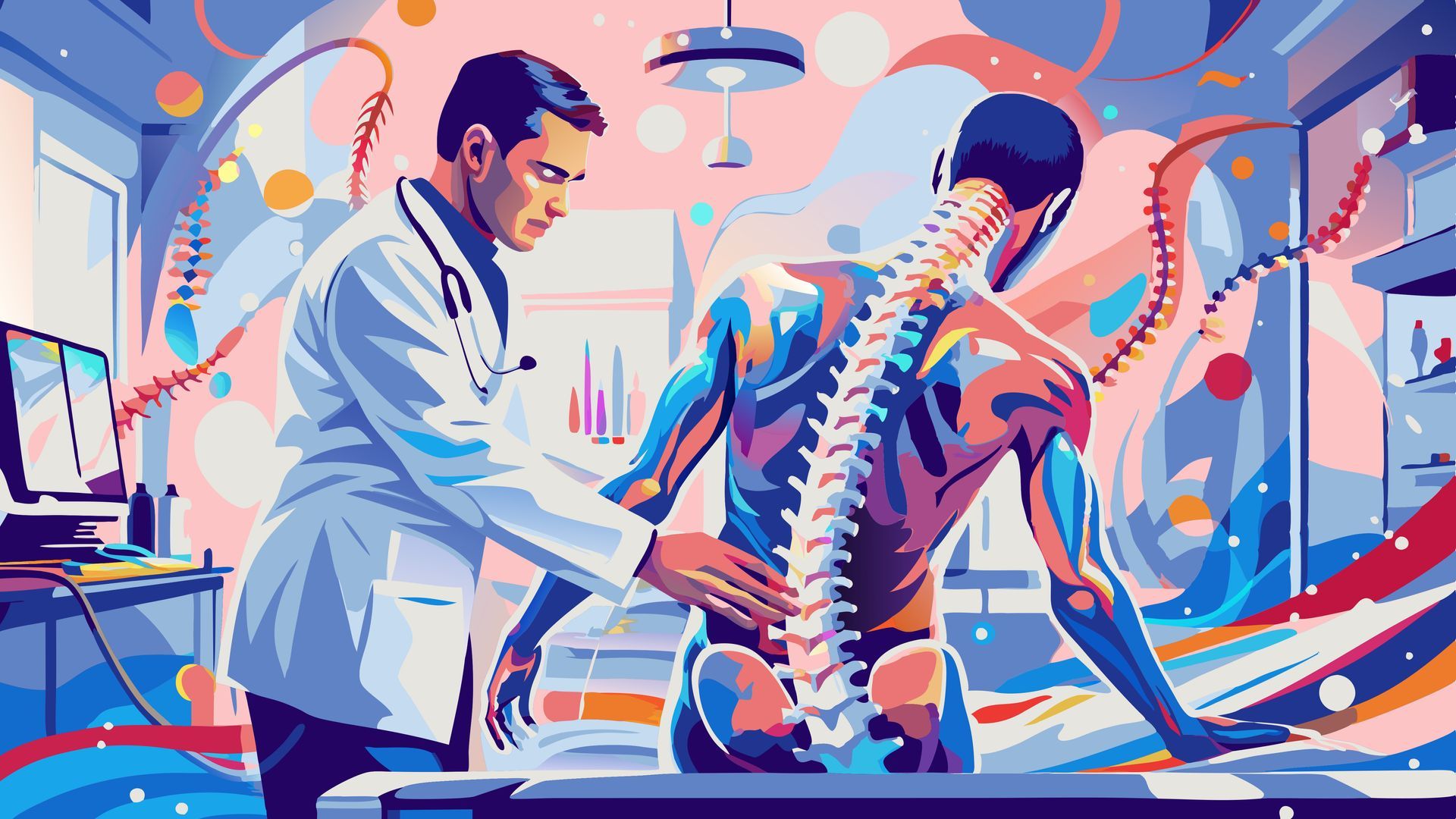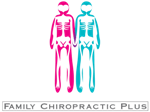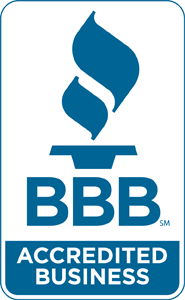Heat-Related Illnesses: Understanding the Differences between Heat Cramps, Heat Exhaustion, and Heat Stroke
Introduction
As the temperature rises and the summer heat becomes more intense, it's important to be aware of the risks of heat-related illnesses. Exposure to excessive heat and humidity without proper hydration and relief can lead to various heat-related conditions, including heat cramps, heat exhaustion, and heat stroke. Understanding the differences between these illnesses is crucial for prevention, early recognition, and appropriate treatment. This comprehensive guide will provide an overview of each heat-related illness, their symptoms, and the necessary first-aid measures.
Heat Cramps: The Mildest Form of Heat Illness
Heat cramps are the initial signs of heat-related illnesses and are typically the mildest form. They are characterized by painful muscle cramps and spasms that occur during or after intense exercise or prolonged exposure to high heat. Commonly affected areas include the legs and abdominal region. Additionally, heavy sweating is often observed.
To alleviate heat cramps, it is important to take immediate action. Move the individual to a cooler place and encourage them to rest. Removing excess clothing and applying cool cloths to the skin can help lower body temperature. It is crucial to rehydrate the person with cool sports drinks containing salt and sugar. Gentle stretching of cramped muscles can also provide relief.
Heat Exhaustion: A More Severe Heat-Related Condition
Heat exhaustion is a more serious heat-related illness compared to heat cramps. It occurs when the body loses water and salt through excessive sweating without adequate fluid and electrolyte replacement. Heat exhaustion is commonly seen in individuals who engage in intense physical activity or are exposed to extreme heat for prolonged periods.
Recognizing the symptoms of heat exhaustion is crucial for prompt treatment. Signs may include heavy sweating, weakness or fatigue, cool and pale skin, muscle cramps, dizziness, nausea, headaches, and fainting. If left untreated, heat exhaustion can progress to heat stroke.
To treat heat exhaustion, the person should be moved to a cooler environment, preferably an air-conditioned room. Loosen their clothing and apply cool, wet cloths to the skin or have them sit in a cool bath. It is important to offer them cool fluids to rehydrate, but if vomiting occurs or symptoms worsen, seeking immediate medical attention is necessary.
Heat Stroke: A Life-Threatening Emergency
Heat stroke is the most severe form of heat-related illness and is considered a medical emergency. It occurs when the body's heat-regulating mechanism is overwhelmed by excessive heat, resulting in a core body temperature of 104°F (40°C) or higher. Heat stroke can cause significant damage to the brain, heart, kidneys, and muscles if not treated promptly.
Identifying the symptoms of heat stroke is crucial for immediate medical intervention. Symptoms may include a throbbing headache, confusion, nausea, dizziness, high body temperature, hot and dry skin, rapid heart rate, and even loss of consciousness. In severe cases, seizures, coma, and death may occur.
If someone is experiencing heat stroke, it is important to call 911 or seek immediate medical attention. While waiting for professional help, move the individual to a cooler place and lower their body temperature by applying cool water or ice packs to the armpits and groin areas. Offer cool fluids if they are alert and able to drink. Do not give fluids if the person is unconscious.
Preventing Heat-Related Illnesses
Taking preventive measures is key to avoiding heat-related illnesses. Here are some guidelines to protect yourself and others during hot weather:
- Stay hydrated: Drink plenty of fluids, especially water and sports drinks, during vigorous or outdoor activities. Avoid alcohol and caffeinated beverages as they can contribute to dehydration.
- Dress appropriately: Wear light-colored, lightweight, loose-fitting clothing made of breathable fabrics on hot days. This allows for better air circulation and helps regulate body temperature.
- Schedule activities wisely: Plan vigorous activities and sports for cooler times of the day, such as early morning or evening. Take regular rest breaks in shady or cool areas to prevent overheating.
- Protect from the sun: Wear a hat, sunglasses, and use an umbrella to shield yourself from direct sunlight. Apply sunscreen with at least SPF 15 to protect your skin from harmful ultraviolet (UV) rays.
- Gradual exposure to heat: Allow your body to acclimate gradually to hot weather by spending increasing amounts of time outdoors. This helps your body adapt to the heat and reduces the risk of heat-related illnesses.
- Take breaks and cool down: Encourage frequent drink breaks and use spray bottles to mist yourself with water. This helps cool the body and prevent overheating.
- Hydration for athletes: Athletes should take regular breaks for water or sports drinks. The general guideline is to drink about 1 cup of fluid (200 to 300 milliliters) every 15 minutes during exercise.
- Seek shade or indoor activities: Limit your time outdoors on extremely hot and humid days. Seek shade or engage in indoor activities to avoid prolonged exposure to the heat.
- Warm-up and cool-down: Before and after exercising, it is important to warm up and cool down properly. This helps prepare your body for physical activity and aids in recovery.
- Consult with a healthcare provider: If you or your child have chronic health conditions or are taking medications that may increase the risk of heat-related illnesses, consult with a healthcare provider for personalized advice on prevention.
By following these preventive measures, you can significantly reduce the risk of heat-related illnesses and enjoy outdoor activities safely.
Conclusion
Heat-related illnesses, including heat cramps, heat exhaustion, and heat stroke, can be serious and even life-threatening if not recognized and treated promptly. Understanding the differences between these conditions, their symptoms, and appropriate first-aid measures is essential for protecting yourself and others during hot weather. By staying hydrated, dressing appropriately, scheduling activities wisely, and taking preventive measures, you can enjoy the summer months while avoiding the risks of heat-related illnesses. Stay safe and cool in the heat!
Disclaimer: The information provided in this article is for informational purposes only and should not be considered as medical advice. Please consult with a healthcare professional for personalized guidance and treatment options.
For more information on heat-related illnesses, visit the Centers for Disease Control and Prevention https://www.cdc.gov/disasters/extremeheat/warning.html (CDC) website.
If you don’t have an amazing chiropractor Contact us today! Family Chiropractic Plus is dedicated to your overall health and well-being, which is why we offer regular chiropractic adjustments in order to restore your body’s natural state of optimal health, while also providing it with the support it needs to heal from any injury, big or small.
